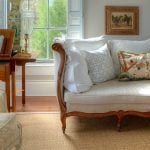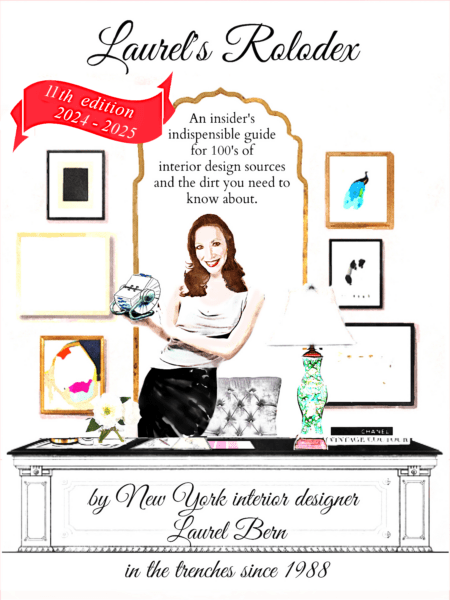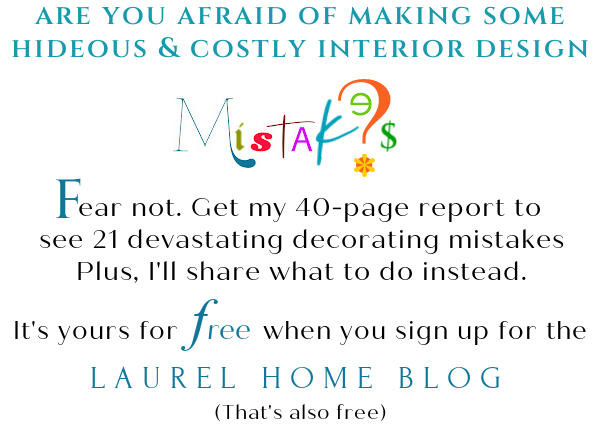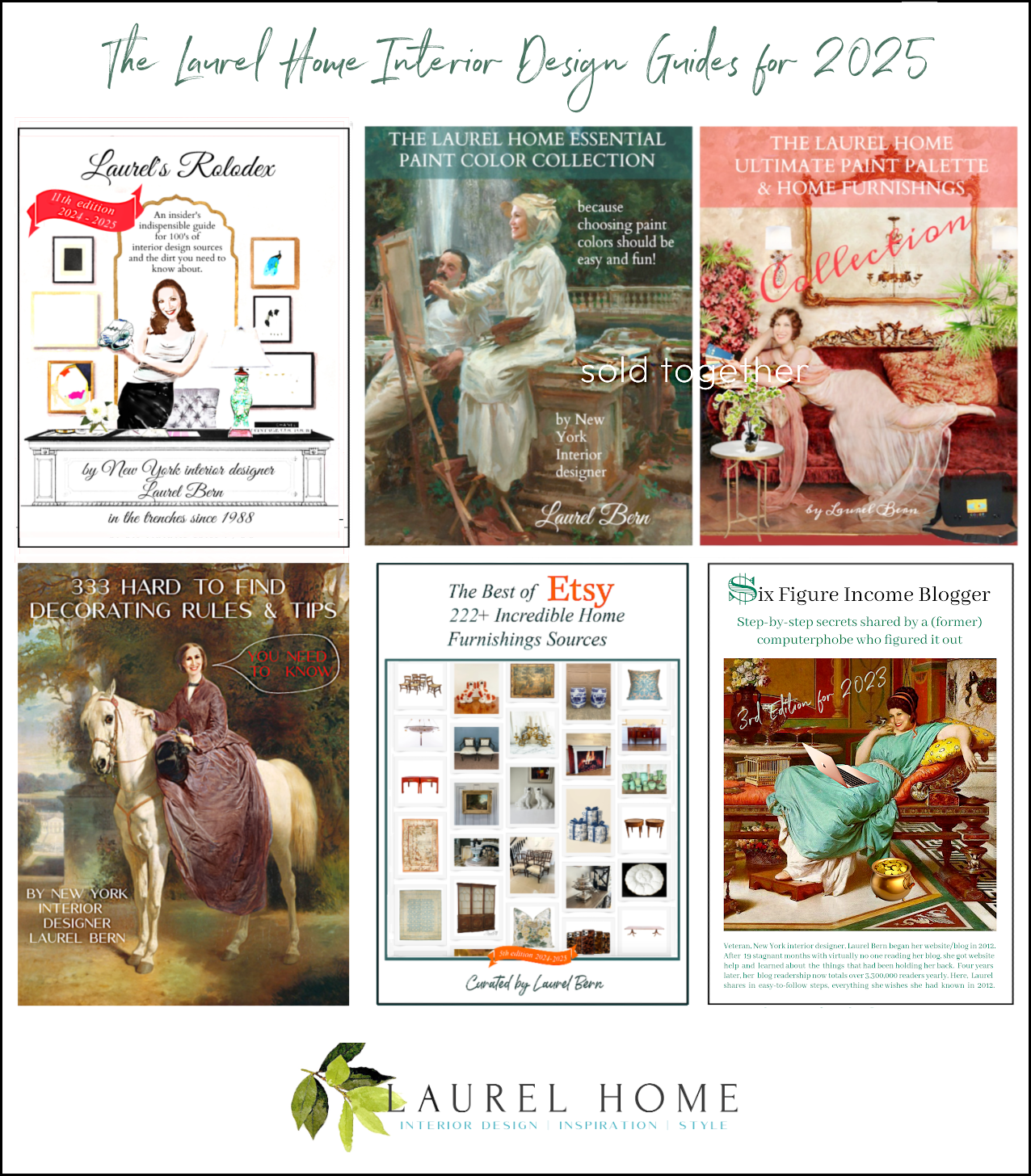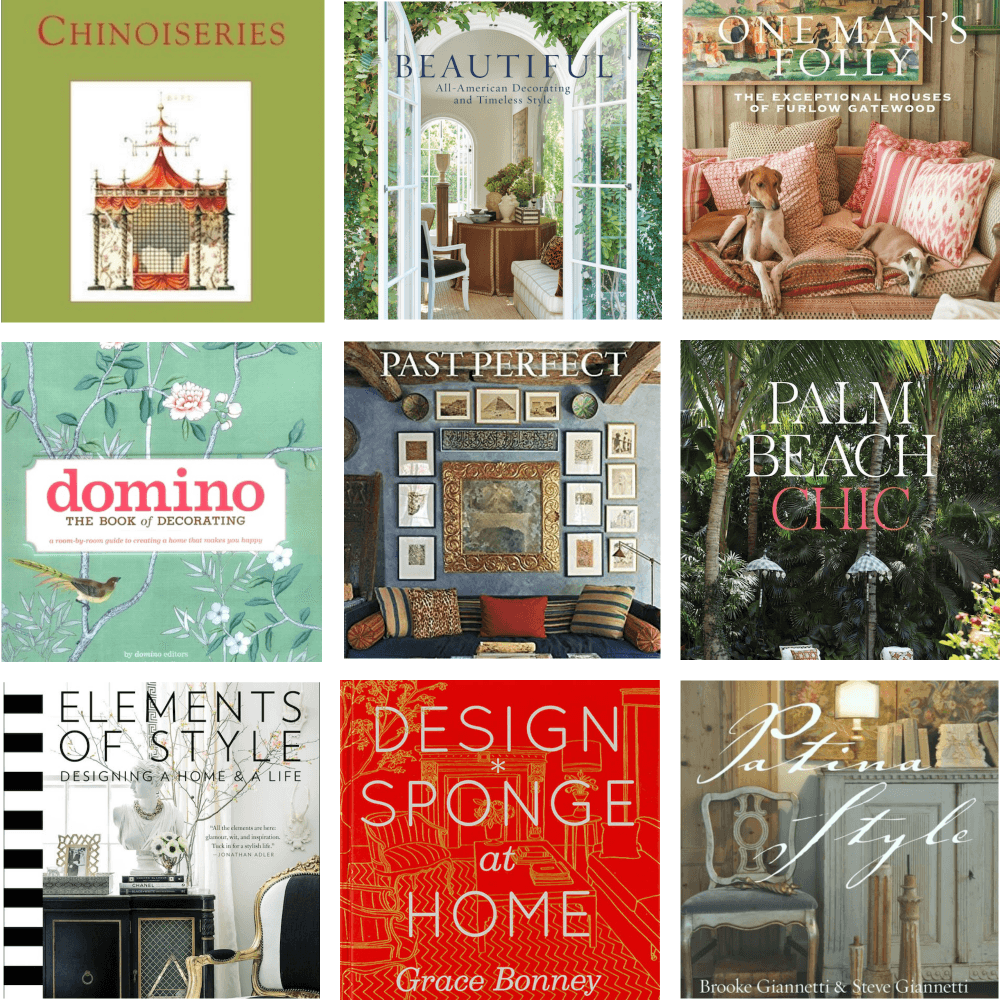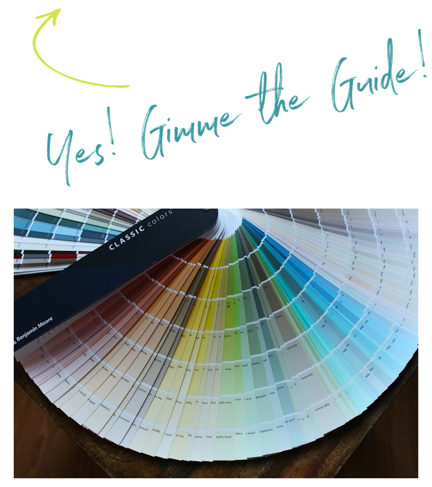This is part II from Sunday’s post about why the residential interior design profession might be in trouble. One reason is from outside forces and/or misguided marketing decisions.
However, even more insidious problems, happen because of some common interior design business practices that give our profession a bad rap.
And, I’ll just go to the main idea. From what I see and hear, there is still a prevalent idea in the general public’s mind that interior designers and decorators can’t be trusted.
Here’s Why:
- Nobody can figure out how designers charge.
- Designers will use every angle they can to filch money out of you.
- Interior designers are cagey, shady and dishonest.
Now, before I go on… Do *I* think that?
HELL NO! Nothing could be further from the truth.
Of course, I am sure that in every business there are criminals, but most of the designers I know, do not make a lot of money. In fact, I did a search and the highest average income for an interior designer in the United States, I could find was about $81,000 a year. But, some reports such as the Bureau of Labor Statistics put the average at about $51,000. Whatever. Most interior designers are making well under six figures and in 2019, if you live in my area that doesn’t go very far.
Sure, there are some A-list interior designers who make well over a million dollars a year.
Some make millions. But, their income is usually not all from client-work. Most of the top interior designers have multiple income streams including, licensed products, book deals, online and/or physical shops and speaking gigs. And, we are talking about maybe the top 200-300 or so in the field.
But, the other day, I got an email from a reader who is considering taking legal action against her designer, because she thinks that the designer acted unethically and deliberately mislead her into thinking she was charging one way, when she was actually charging a different way.
Let’s begin with the initial email. It is edited for clarity, not meaning.
My words in teal are me musing, here, not what I said to her.
Dear Laurel,
I enjoyed this blog post about interior designer’s fees:
Unfortunately, I’m having a dispute with my designer.
I agreed to pay her a flat fee of $2,000 for a small project (master bedroom and an open living/dining area of a 1750 sq. ft. townhouse). I assumed this covered design and procurement services with material purchases at cost which would get passed on to me.
There should be no question in the clients’ mind about how her interior designer or decorator charges.
But, I am struggling to understand why this woman feels entitled to get merchandise at the same price her designer is spending. The design fee, I always told my clients covered my time before orders were placed. It was a flat fee to do the drawings, shop, specify, mood boards, shop… travel… You get it. Still, it should be spelled out.
(back to the email.)
The total material costs I paid ended up at ~$17k (couch, coffee table, dining table w/ chairs, accent cabinet, pendant light, king bed, 2 fans, and accessories.)
At the end of the project I asked for purchase receipts and she flatly refused.
When you go to Bergdorf Goodman, do you ask them for their purchase receipts? I didn’t think so. Why is a designer different? I always told my clients that I am a walking talking store. And then, it makes sense.
She admitted that she charged me more for each item than what she paid. I do not know if she marked up prices, already at retail, or sold to me at retail and kept the discount for herself. She says I paid retail.
She will not disclose the receipts, where she got the materials, the manufacturer, or the receipts for ~$1k in shipping costs.
We had a written contract that listed the design fee but made no mention of how materials would be priced.
I wrongfully assumed that she was fully compensated with the $2,000 design fee and that I would pay for furnishings and materials at cost.
Per the ASID code of ethics interior designers must disclose all sources of project revenue.
I’m not understanding this line fully. She should be disclosing her sources or most of them. And she should be disclosing your price for each item. This happens before you write out a check. But, it’s two separate things.
This was not done verbally or in the agreement. She says the code of ethics is inapplicable because she’s not a member, but I reference this only to demonstrate generally accepted professional standards.
eww… Yes, that’s not the right answer. But, she did put herself in this position by not being clear.
Her unethical and blatantly dishonest behavior is causing me to consider arbitration. Can I please have your take on this situation? I’m not sure how prevalent this practice is, but from your article it sounds like it certainty occurs.
This is how I responded.
Hi Debbie,
It sounds like the two of you have had a break-down in communication and/or a misunderstanding. Without seeing her letter of agreement, I cannot say if she mislead you or not, but based on the numbers and everything you said, I have to say that it is unlikely that she purposely mislead you.
In addition, 17k for all of that sounds exceedingly reasonable.
find out how much it costs to furnish a room.
For instance, below are average prices I would charge for the items you purchased.
But, actually, they are mostly below average. These are average for a more casual client, not the formal mahogany dining table client.
couch (including fabric) 3,500 – but could easily be $6,000 or more depending on manufacturer and fabric!
coffee table, 1,500
dining table 5,000 (actually a range would be between 2,000 – 12,000)
w/ chairs, 3,600 but could be 8,000
accent cabinet, 1,200
pendant light, 600
king bed, 3,000
2 fans, 800
and accessories 1,000
17,500
Plus, I came up with about 1,900 for S/H. I don’t know how she did all of that for 1,000. Maybe 20 years ago.
1,900 (total with S/H)
Plus tax in NY 7.38%
sub total 19,400
1,430.75 = tax
$20,830.75 – That’s a low average. Most of my jobs that number would’ve been closer to 30k.
Here’s the problem. Like me, and most designers, she undoubtedly gets her products at numerous sources.
And these sources have varying discounts to the designer. That’s an important point. That discount would be anywhere from 10% to 70% off from the retail price. The retail price being the MSRP.
Otherwise, any price to you, the end-user, from a designer is the retail price, whether she marks it up $1.00 or doubles the price.
And, if she is able to get some of that product at rock bottom wholesale, then if she doubles the prices, she is still selling you at well-below the MSRP by from 20%-30%.
This is why I have a big problem with the “cost-plus” system. The cost-plus system was developed primarily for designers selling only the very highest-end merchandise, or they are also charging a substantial hourly fee.
However, I never divulge my net prices. Never. Or, as I’m fond of say. “When Bloomingdale’s tells everyone how much they’re paying for the items they’re selling, I will too.”
In my case, I charged a nominal design fee and then only a markup on the products purchased. But, that system is more old-school. However, it worked very nicely for me 97% of the time.
It doesn’t matter what system one uses for compensation. In discussions with colleagues, it always appears that our bottom lines are similar. What’s important as is the main point of this post is that we are as CLEAR as possible with our clients – up front.
Frankly, for the size of that job and the time that I know it took her to do this job, $2,000 isn’t nearly enough money.
It is standard for an interior designer to earn at least a third of what you are spending. Although, some designers double the price of EVERYTHING.
In any case, it only makes sense (to me, anyway) that designers purchase their merchandise at the lowest possible price. That way it’s a win-win. He/she can put on a bigger mark up AND still save her client money.
For me, I would’ve charged the $2,000 design fee up front and then I would work in a mark up of about a third over what the client is spending, before tax and shipping. That number would be roughly an additional $5,750.
There is no way, I would ever give my entire discount to a client. NEVER. And I recommend that other designers don’t either, unless they don’t mind going bankrupt.
Therefore, if she is only going to charge you an up front design fee of $2,000 the protocol, would be to charge the upfront design fee as she did AND a hefty hourly fee of at least $175.00/hr. Based on approximately 40 hours of work, of which I’m sure that she spent that much time.
That would be an additional $7,000 +/-. That is another way that some designers charge, but I preferred to work on a markup on purchases because I feel that the hourly fee discourages good communication from the clients. In any case, the client always gets an itemized cost estimate so they know beforehand, exactly how much everything is going to cost. No surprises.
What I told my clients to avoid any misunderstanding is exactly what I’m telling you, except that I worded it as a discount off of the retail. I did that my entire career
I told them that they would never pay more than retail, but that was only if I was ordering from a catalog that was giving me a measly 10% off, like Pottery Barn, for instance. (ohhhhhh, they’re having a great sale.) The other items would be sold at from 20-30% below the MSRP. This was also stated in my letter of agreement.
I always felt that psychologically, it sounds better to say a discount rather than a mark-up. Right? Everyone wants a deal.
Again, since I can’t see the wording in her LOA, I don’t know if she conveyed this to you or not. If not, that is an error on her part.
However, I sincerely do not think that you were ripped off in any way.
And I would strongly advise against taking any kind of arbitration against her because I don’t think that there’s much of a case here, if any at all. After all, she must’ve told you before you paid for everything, the price, otherwise, you wouldn’t know how much to make the check out for. That was the time to speak up and ask questions, not at the end of the project.
Now, if you had told me that the bill came to $50,000 and the shipping alone was $5,000, I might think differently. But her pricing for what I’m sure are quality products, if anything sounds a little low. And I know from all of my years of experience, that this job took her dozens of hours from start to finish. It definitely did.
And, it also sounds like me, she probably ate some of the S/H costs. I frequently did that, so as to avoid the client freak out.
Believe me. I was barely scraping by with the money I earned when I had clients. I’m grateful that I found a better way for me. Nobody goes into this business because they want to make their clients angry.
Best,
Laurel
This is an unfortunate situation.
I am put out by the designer not divulging any sources and being specific with how she charges and makes money. And, I was disappointed that when asked, she still acted cagey and like she’s hiding something. So, I don’t blame Debbie for thinking in kind. The designer set her up beautifully. I don’t think that is her intention, but none-the-less, that is what appears to be the case.
Does she HAVE to divulge sources? I didn’t answer that earlier.
That is a personal decision. If she has a special custom upholstery company, I have no problem with her “white-labeling” that info. And, the same for her custom workroom. But, every fabric, accessory, table, etc.? I feel that’s a bit much. And while I don’t think it’s ethically wrong, it’s certainly not endearing.

And we NEED to be endearing. After all, don’t we want her continued business and her friend’s business and her children’s business 20 years from now?
This is why it’s crucial to look at the big picture. You might lose money with one client, but they’ll be soooo impressed that they’ll refer you over and over.
Over-all, from what I can see, this designer was not clear with her client and that’s a big problem because in this case, it perpetuates the idea that we’re a bunch of sneaky, dishonest and price-gouging pillow fluffers.
And, if there’s no trust, it’s all over.

But, Laurel, excuse us for interrupting, but don’t your clients “shop” you cause they sure shop us!
Yes, yes, of course, they shop us! I shop me too and I recommend that you shop yourself, as well.
By “shopping,” if that’s not clear, it means doing an online search for a lower price of the same product.
And, if you’re getting your products for the lowest prices possible, you SHOULD be competitive.
This is the premise of Laurel’s Rolodex with over 180 designer friendly sources! Many of these sources will sell to interior designers at rock bottom wholesale.
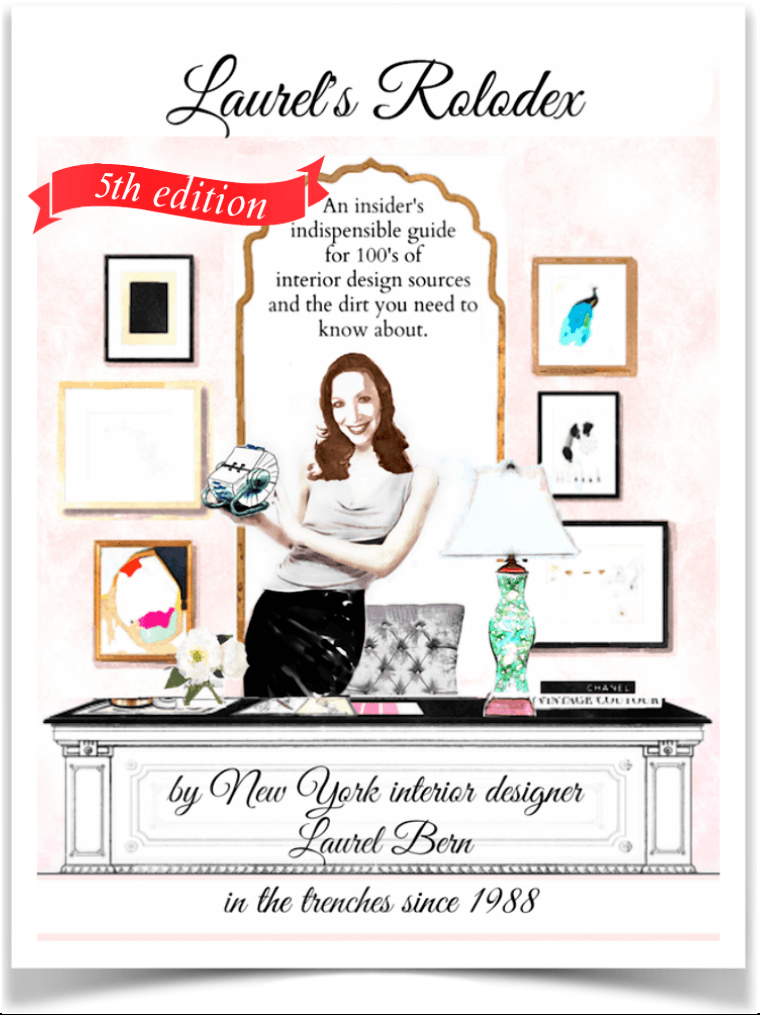
However, I was also disappointed that the client appeared to have no idea what went into putting all of this together for her. With all of the hours the designer needed to complete this job, that $2,000 would’ve netted her about $25.00/hr. Most of my colleagues have an hourly fee of between $150-$250/hr.
And, an A-List interior designer will charge between $30,000 and $150,000 for a design fee– ALONE, PLUS a hefty hour fee.
Now, they might be working on a cost-plus basis of 30%, but that is because they are doing the highest of the high-end in furnishings.

A custom high-end sofa from Jonas upholstery, for example might start out at about $10,000 at the designer’s net price. (that price is a guesstimate) The designer tacks on her 30% to make the sofa $13,000. BUT, that doesn’t include the fabric. The net price on the Lee Jofa hand-blocked print is $250 a yard and they need 20 yards because of the large repeat. Yes, that’s an additional $6,500! But, we haven’t figured in S/H and tax.
However, you can see that this sofa is already going to cost well over 20 grand. But, this is an entirely different level of business. So, for that designer, cost-plus works.
Please note, I am not annoyed at this reader because she didn’t spend 20 grand on a sofa; but, I’m disappointed that there is STILL a pervasive attitude that what interior designers and decorators do is not valuable. My impression is that Debbie thinks of her designer as more of a personal shopper. And, of course, it is much, much more than that!
It appears that many do not have an inkling of what it takes to complete a job. Unfortunately, there’s no magic wand to wave and poof, it’s all done.
And, then Debbie sent me this response back:
I sincerely thank you for such a detailed response and frank, honest answers. I’m kind of blown away lol.
Yes, I really dropped the ball in not fully discussing the details of the agreement. This is a shared responsibility of course. The LOA was rather vague. There was no mention of material pricing in the contract or specifically what the design fee did or did not include. I thought paying a flat fee obviously meant she was simply procuring materials on my behalf, but she views it as though she’s a store owner, although she doesn’t have a showroom, hold inventory, or utilize working capital to obtain materials.
uh oh… I better clear outta here before you guys torch the place!
She probably should not have charged a high flat fee up front for a simple floor plan since she made thousands off the materials, but I suppose it could have been worse and she may not have had any bad intent.
I guess at the end of the day this is yet another learning fee. I just wish I wouldn’t repeat these mistakes!
Thanks again
Yes, designers. I see the smoke coming out of your ears. But, this woman is teaching all of us an important lesson and this is why I’m writing about this.
My response below:
Well, you caught me on the right day. [she did!]
But, Debbie. I don’t think you’re understanding several things and it’s fine if you don’t, at this point. But, I would be remiss if I didn’t try to make you see the reality of this situation.
I don’t think you made a mistake. In fact, I think that you would’ve most likely paid more had you gone to a store and tried to do all of this by yourself. Only, you might very well have made some whopping mistakes. Plus, she did all of the leg work. It appears that it is not understood what goes into every decision she helped you make. And, I do know the machinations she undoubtedly went through to make sure that things went as smoothly as possible. I know, because I went through them with every job I took. It’s incredibly stressful and exhausting. But, that’s the part you didn’t see.
Interior designers provide a necessary and valuable service.
And, we carry a huge amount of financial responsibility even if there is no physical shop. You have to understand that I LOST thousands of dollars in the years I was taking clients. If something goes horribly wrong and it’s the vendor’s fault or the delivery company’s fault and they won’t make good on it. Guess who has to shell out the bucks to get it taken care of?
You can read here about the time a vendor ran off with over $30,000 he was supposed to use to purchase carpeting for an entire home. My client’s money. I had to use money I didn’t have to purchase 350 square yards of expensive carpeting out of my own pocket. It was very early in my career. At the time, I had a six-year-old and a two-year old. Honestly, I wanted to die. (You can read the sordid story in the link)
This is only a tiny fraction of the sh*t I had to swim through for 22 years!
If we don’t charge a mark-up, we won’t be in business very soon!
Debbie Wrote back:
Thanks again for your time and insights!!
Debbie
So, let’s recap and see what’s missing and how we can do better. If we do better, the public perception of us as professionals will improve and that can only be help us get more work, as I see it.
The problems, in this case, IMO, stem from the interior designer. It is her job to inform and if necessary educate her client. And, it appears that she failed on both counts in some key areas.
If she deliberately mislead the client because she feared not getting the job if she divulged all, then she’s only perpetuating the myth that designers are liars, sneaky and not to be trusted.
I very much don’t recommend that. If this client can’t afford her services, then she needs to find clients who can.
The designer made things worse by stonewalling and being defensive when questioned.
However, the client should not be questioning pricing at this late date.
As stated, I have not seen the designer’s letter of agreement, but from the sounds of it, it is inadequate.

Jean-Léon Gérôme Ferris _Writing_the_Declaration_of_Independence_1776
The reason for the letter of agreement is so that it is very clear what the terms and conditions are.
I found a FREE Interior Design Business Practices manual that you can download. It’s hundreds of pages!
Here’s the link to it. There is a ton of useful information here about how to charge, what needs to be in your letter of agreement (contract.)
Another post you may enjoy which links to other similar posts is another post about a designer whose client is giving her sleepless nights.
My closing thoughts are this. Being a good interior designer requires one to wear many hats. It is not enough to be someone with “good taste.” But, my hope is that designers continue to learn and grown. I do believe that most of my colleagues elevate our profession immensely. I’m so proud!
For clients. Never ever be afraid to speak up.
And don’t work with someone who you don’t feel 100% comfortable with. That goes both ways.
Decorating and designing for a client is a very personal business. But, it can be quite gratifying and a lot of fun, too.
I also believe that it is possible for clients to get great value AND for interior designers to make a good living.
One last thing I learned and it was only after I had been in business for 17 years.
Always charge for the initial consultation. It’s a horrible feeling to give tons of advice for two hours and then you don’t get the job and have nothing to show for it either.
You are coming to meet them, AND to work. The clients will get to see you in action without you holding anything back. When I started charging for the initial consultation, EVERY consult except for one or two resulted in a job offer. Before that, it was only about 50%.
Happy Spring!
xo,

PS: I’m including another free gift! Please enjoy the letter of agreement I used for over 20 years.
You are welcome to use it as a template or adapt it for your own business.
PPS: It’s Thursday evening. Thank you so much to all who’ve taken the time to contribute to this important topic. However, I need to turn off the comments because I’m supposed to be working on other things, today. I appreciate all of you very much!
And, it’s even later. Someone got upset and thus, I deleted several comments. Unfortunately, I went against my policy and published a comment which did start a shitstorm of other comments, some, with a bit of a snarky or “I know better than you” tone.
So, I should’ve followed my own policy and not published it. However, I couldn’t see what was coming.
While this might be a controversial topic for some. It isn’t for me. And, it isn’t for other designers. We all do what is comfortable for us, the area we live in and the focus of our businesses. I used a particular way of billing for over 20 years and it worked beautifully for me and my clients loved it.
It might not be right for another designer and her or his business. I respect that and it is my hope that others will respect our right to conduct our businesses as we wish. There is no ONE way and as long as we are doing it with integrity, and clarity, it is fine.
Thanks guys!
Related Posts
 I Just Inherited All Of My Granny’s Hideously Dated Living Room Furniture
I Just Inherited All Of My Granny’s Hideously Dated Living Room Furniture The Secret English Gardens and I Mean Secret!
The Secret English Gardens and I Mean Secret! The Stained Wood Trim Stays – 16 Wall Colors To Make It Sing
The Stained Wood Trim Stays – 16 Wall Colors To Make It Sing My No-Fail Paint Color Failed – What Went Wrong?
My No-Fail Paint Color Failed – What Went Wrong? One Living Room Layout – Seven Different Ways!
One Living Room Layout – Seven Different Ways! Selling Your Home Soon? Not If You Do This…
Selling Your Home Soon? Not If You Do This… Is It True That Dining Rooms Are Out?
Is It True That Dining Rooms Are Out?



